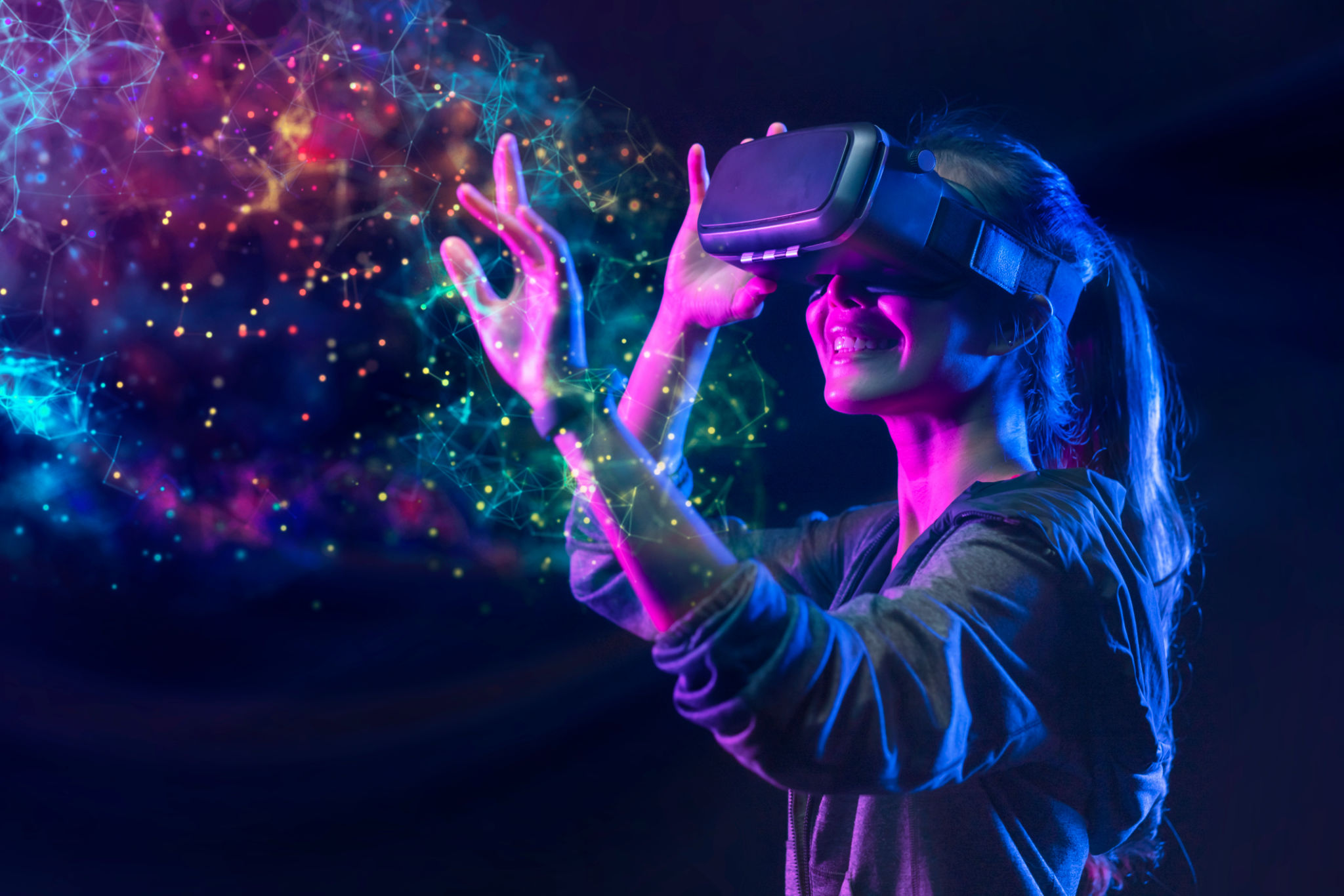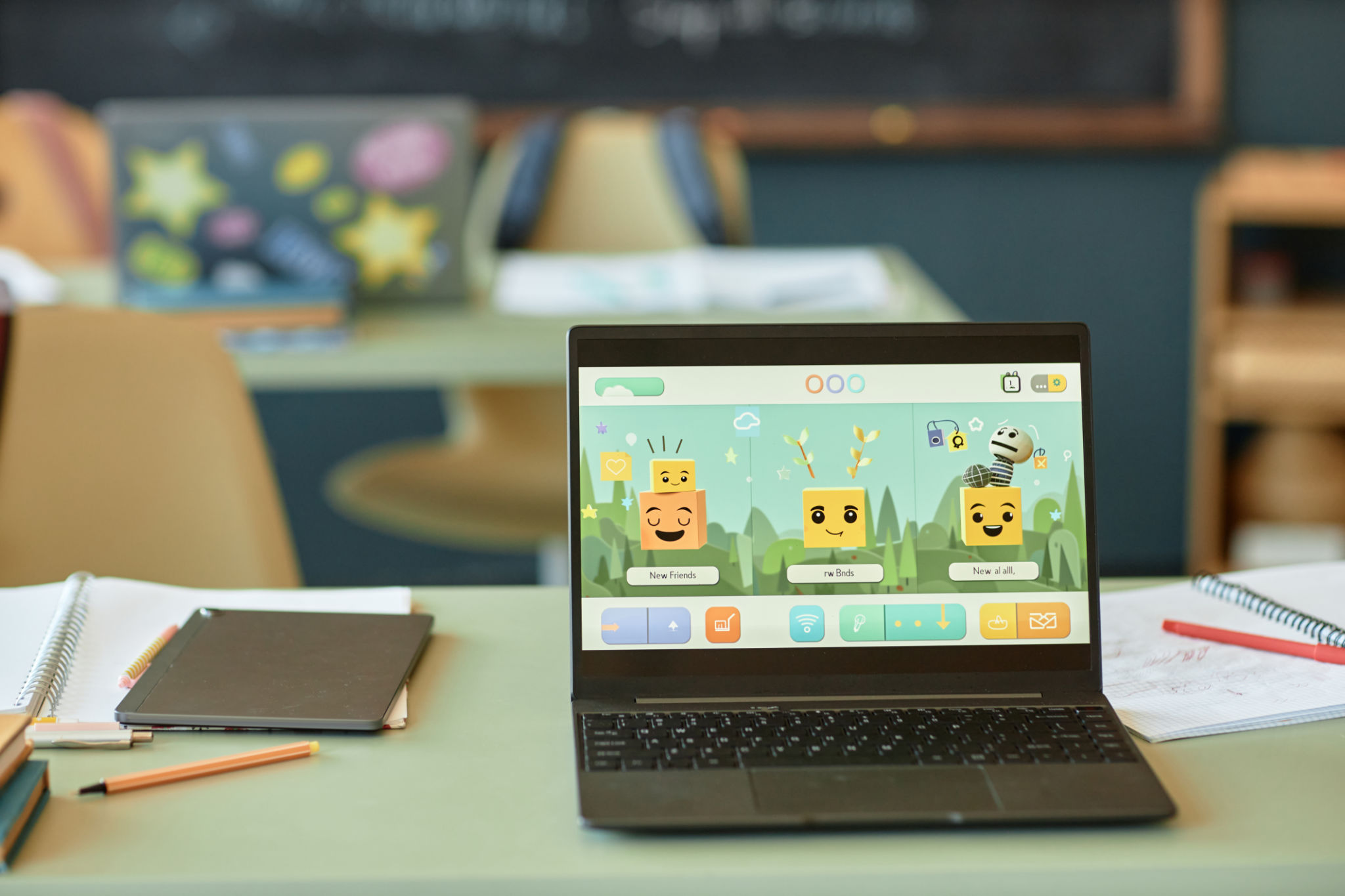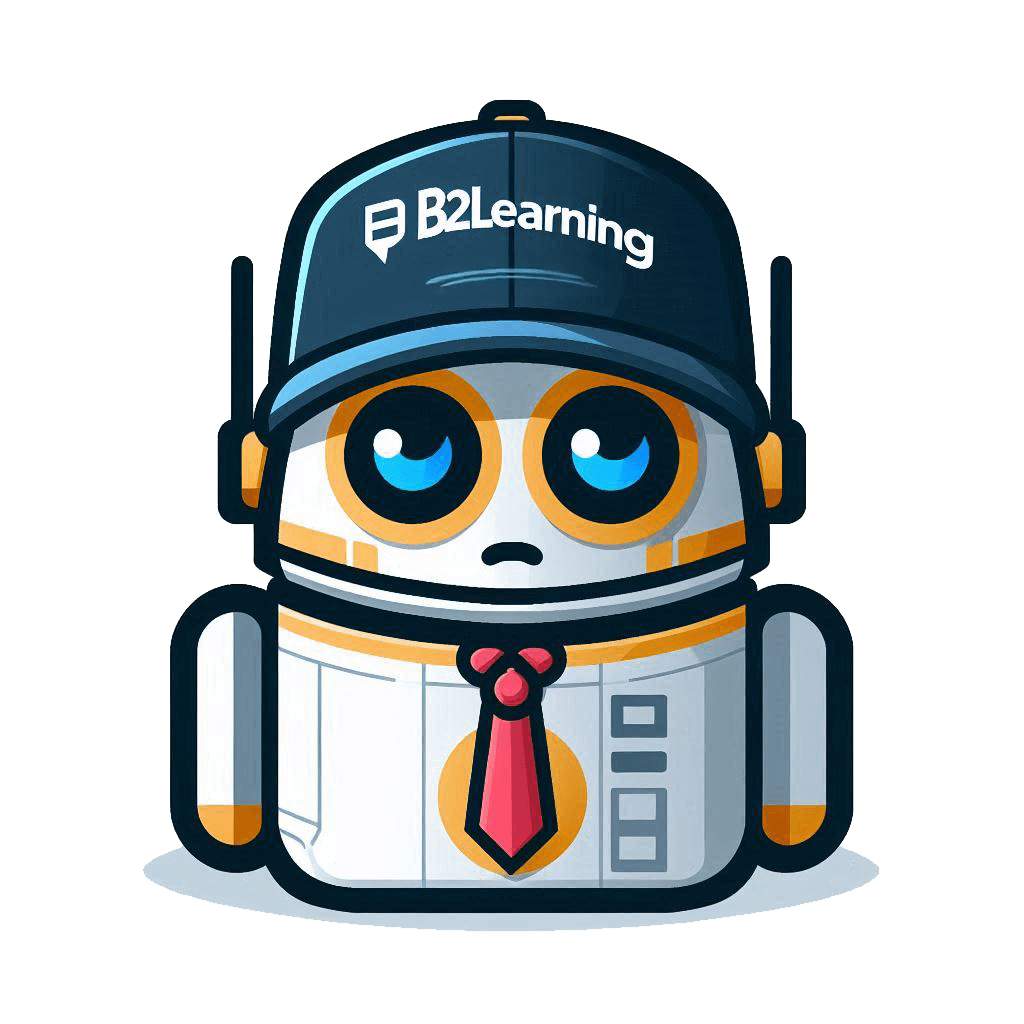Top Educational Technology Trends Impacting the eLearning Landscape
Introduction
The eLearning landscape has been rapidly evolving, driven by the integration of innovative educational technologies. These advancements are reshaping how students learn and educators teach, creating a more dynamic and interactive learning environment. As we look to the future, several key trends are making significant impacts on eLearning.
Artificial Intelligence and Machine Learning
Artificial Intelligence (AI) and Machine Learning (ML) are at the forefront of educational technology trends. They are transforming eLearning by providing personalized learning experiences tailored to the individual needs of each student. AI algorithms analyze data from learners' interactions to offer customized content and assessments, enhancing the overall learning experience.

Moreover, AI-powered chatbots are being used to provide instant support and feedback to students, ensuring they can address their queries in real time. This capability significantly enhances student engagement and encourages continuous learning outside the traditional classroom setting.
Virtual Reality and Augmented Reality
Virtual Reality (VR) and Augmented Reality (AR) are revolutionizing the way learners interact with educational content. These technologies create immersive learning experiences, making it possible for students to explore complex concepts in a three-dimensional space.
For example, VR can transport students to different historical periods or geographical locations, providing a deeper understanding of the subject matter. Meanwhile, AR can overlay digital information onto the real world, allowing students to visualize data and concepts in a more tangible way.

Gamification in eLearning
Gamification has become a powerful tool in eLearning, leveraging game design elements to create engaging and motivating learning experiences. By incorporating elements like points, badges, and leaderboards, gamification can increase student motivation and participation.
This approach not only makes learning fun but also encourages a competitive spirit and collaboration among learners. Gamification appeals to learners of all ages, making it an effective strategy for both K-12 education and corporate training programs.

Microlearning
Microlearning is gaining traction as an effective educational strategy, focusing on delivering content in small, manageable chunks. This approach caters to the modern learner’s preference for quick, on-the-go information consumption.
By breaking down complex topics into bite-sized lessons, microlearning enhances knowledge retention and allows learners to fit learning into their busy schedules. It is particularly beneficial for mobile learning platforms, where users can access content anytime, anywhere.
Conclusion
The integration of these cutting-edge technologies is reshaping the eLearning landscape, offering more personalized, immersive, and engaging learning experiences. As educational institutions and organizations continue to adopt these trends, the future of learning looks promising, with endless opportunities for innovation and growth.
